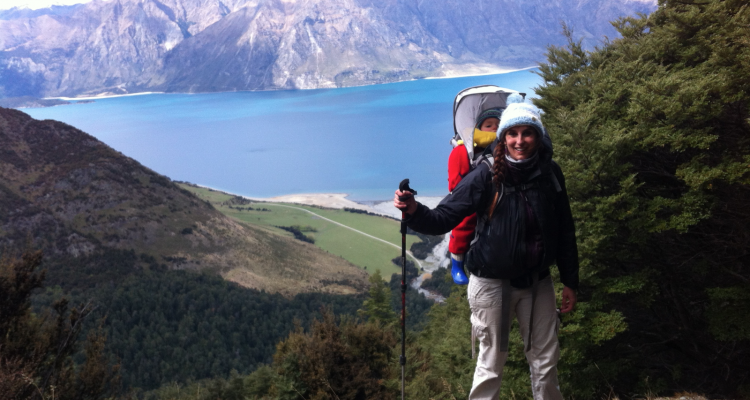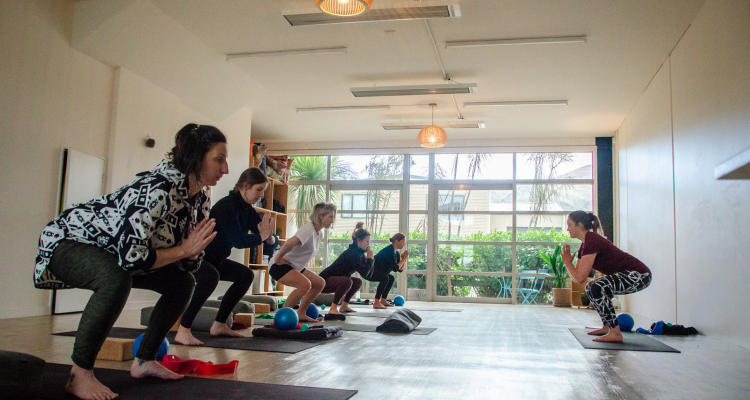Postural Assessment
One of the first things we do in our assessments is look at how your posture is faring. Why? Our bodies and posture go through huge transformation throughout pregnancy and childbirth. All of your muscles and ligaments, which have softened and stretched to accommodate your bub, usually take some months post delivery to recover. Tummy muscles can also separate and the connective tissue through the midline can become stretched, causing something called diastasis rectus abdominus (DRA).
When the pelvis is tilted forward or back (think ‘butt tucking’ or ‘butt sticking out’ J-Lo style!) then the alignment with our spine, pelvis and rib-cage is compromised. This can throw everything out of whack, causing pain and constricting the breath.
All of this lengthening and weakening of our abdominal muscles can affect the control of our pelvic floor, spine and pelvis and depending on the level of trauma during birth, there can be varying degrees of perineal (pelvic floor) pain. This weakening or pain can happen whether you had a vaginal or C-section, and can depend on how long you pushed for or if you had any birthing injuries. Sounds fun!







